This Mother’s Day, Lantern Club have a four course Italian food experience featuring dozens of Mediterranean dishes from our star chef John Lanzafame. But for those who aren’t too flash with the Italian language and cuisine, here is what those amazing menu items are. Bellissimo!
Vitello Tonnato (Pronounced vee-tell-oh ton-nah-toh)
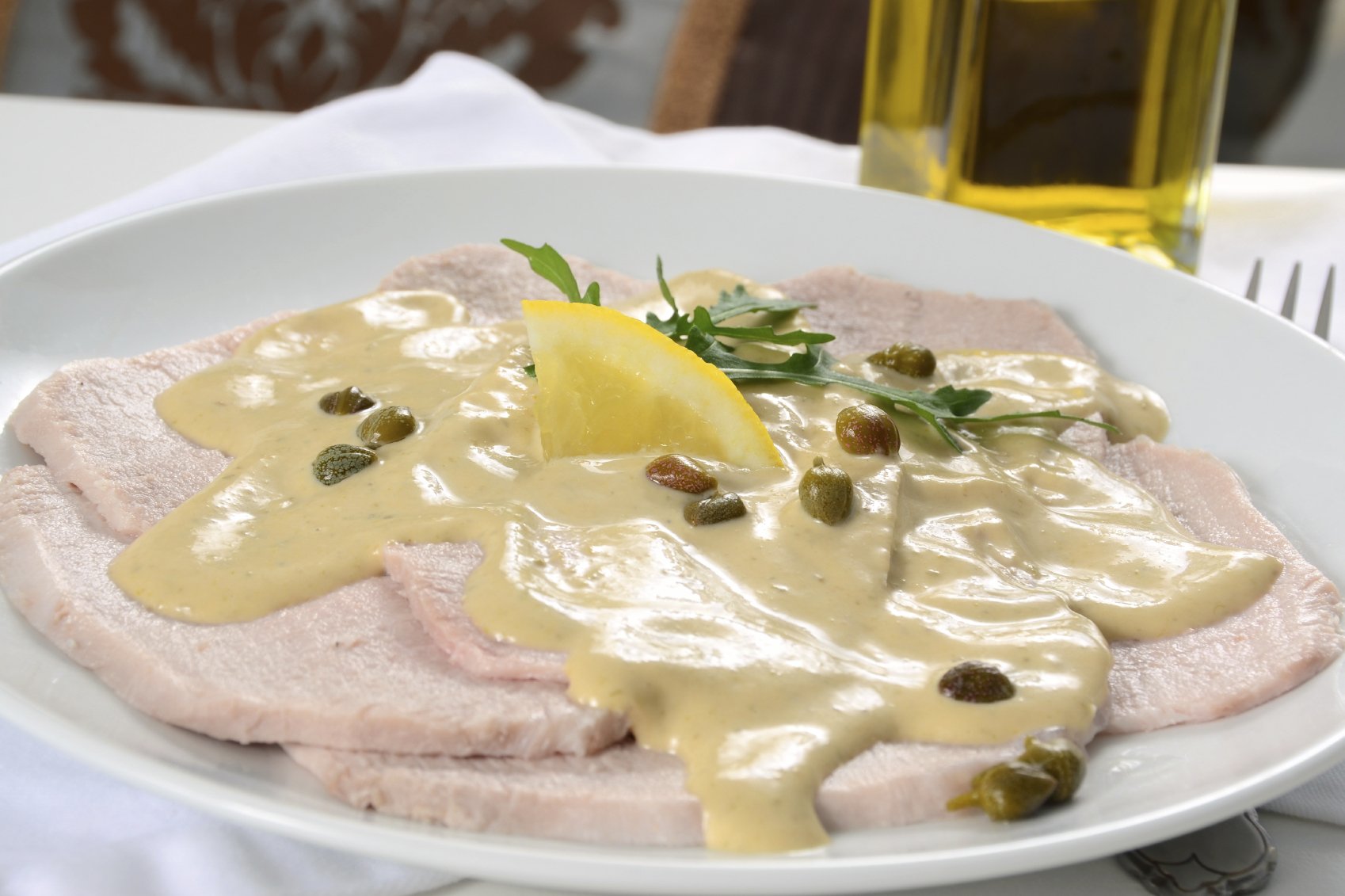
A Piedmontese (a region in Italy’s north-west) dish of cold, sliced veal covered with a creamy, mayonnaise-like sauce that has been flavored with tuna. It can be served chilled or at room temperature and is generally a summertime dish.
It is also very popular in Argentina, where it is known as vitel tonné and considered a traditional Christmas dish.
It has to be prepared at least a day or more in advance and is done by braising or simmering a piece of veal from the back leg called Eye Round and it’s then cut into thin, individual servings.
The sauce uses tuna simmered until fully cooked in white wine, cider vinegar, white onion and garlic. It’s then puréed with a mix of olive, vegetable oil and egg yolks in an electric blender or food processor to form a thick mayonnaise-like substance.
Ossobuco (pronounced “Osso-boo-co”)
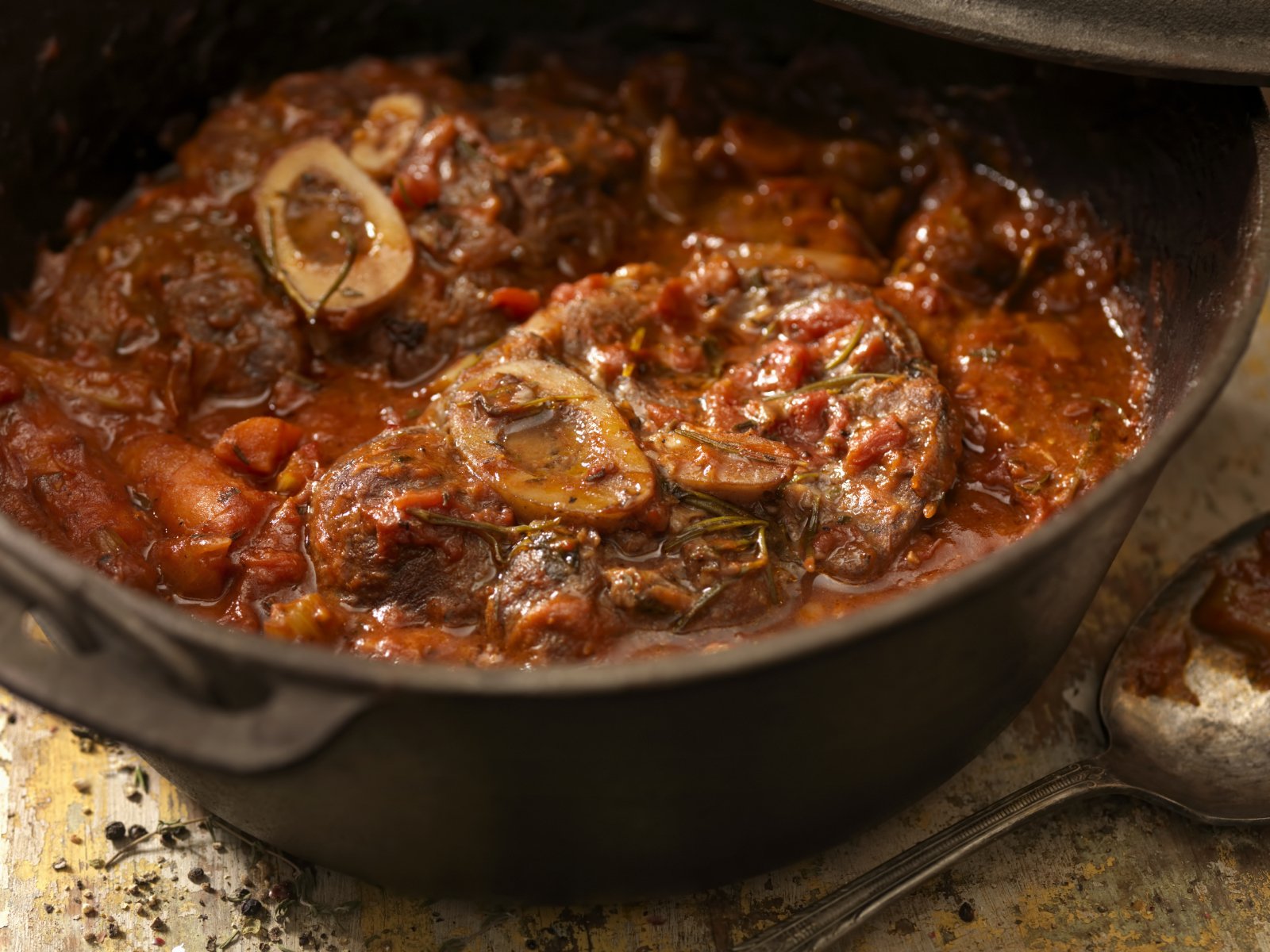
Ossobuco is a Milanese (Milan is in northern Italy) meal which is cross-cut veal shanks braised with vegetables, white wine and broth. It usually is served with gremolata (a special lemon, garlic and herb garnish) and traditionally served with risotto (a special rice dish) made in the traditional Milanese way.
There are two variations of ossobuco: a modern version has tomatoes and the original version doesn’t. The older version, ossobuco is flavoured with cinnamon, bay leaf and gremolata while the modern and more popular recipe includes tomatoes, carrots, celery and onions.
Burrata (pronounced “bur-ah-ta”)
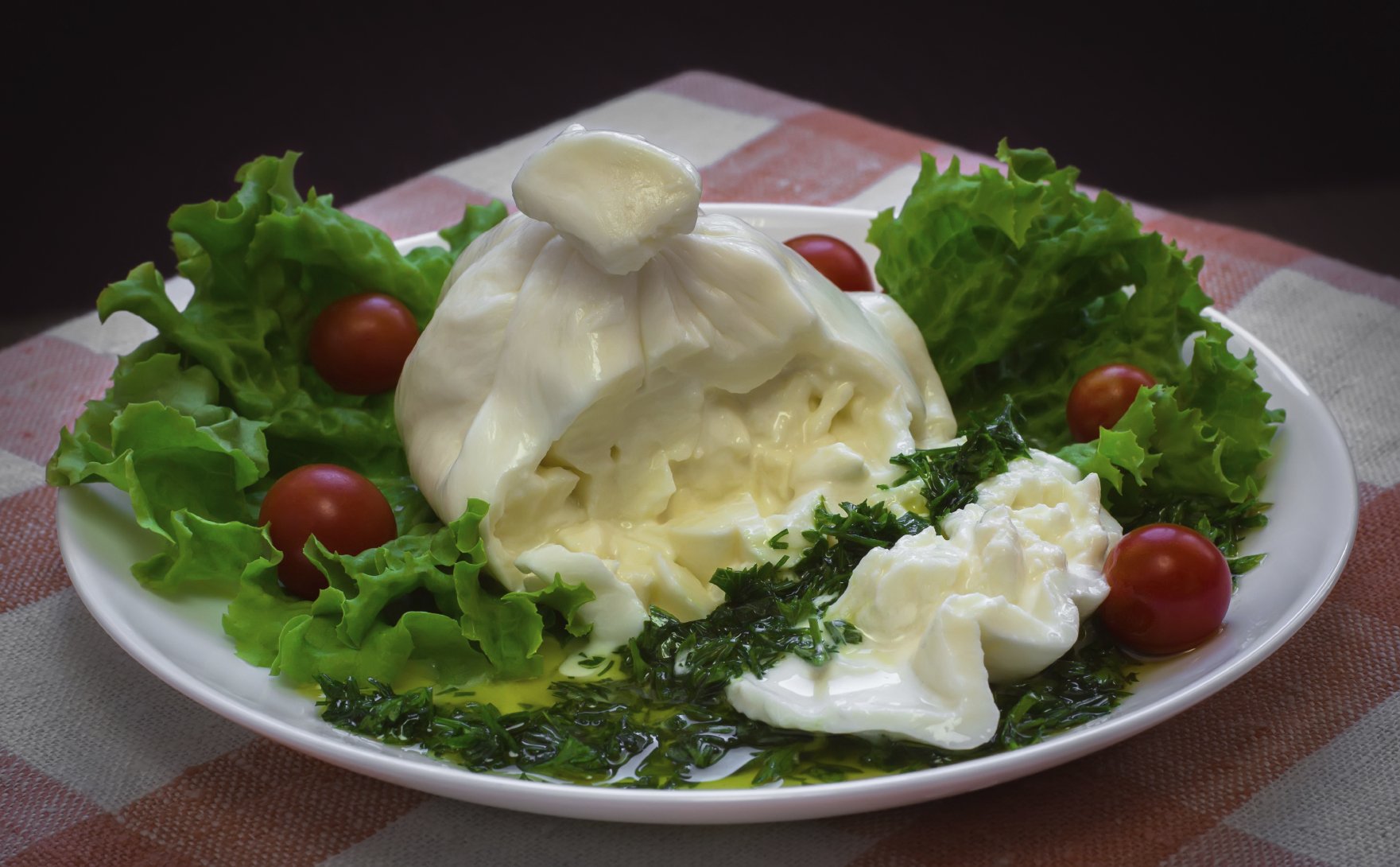
Burrata means “buttered” in Italian and is also a traditional Italian cheese mix made from mozzarella and cream. The outer shell is solid mozzarella, while the inside contains both mozzarella and cream. Sometimes it’s filled with butter or a mixture of butter and sugar. It is usually served fresh and at room temperature.
Burrata came originally from Murgia in the south of Italy.
Factories began producing it in the 1950s as it was useful way to use the ritagli (Italian for “scraps” or “rags”) of mozzarella but is still considered as a premium product.
Beef ragout (pronounced “rag-oo”)
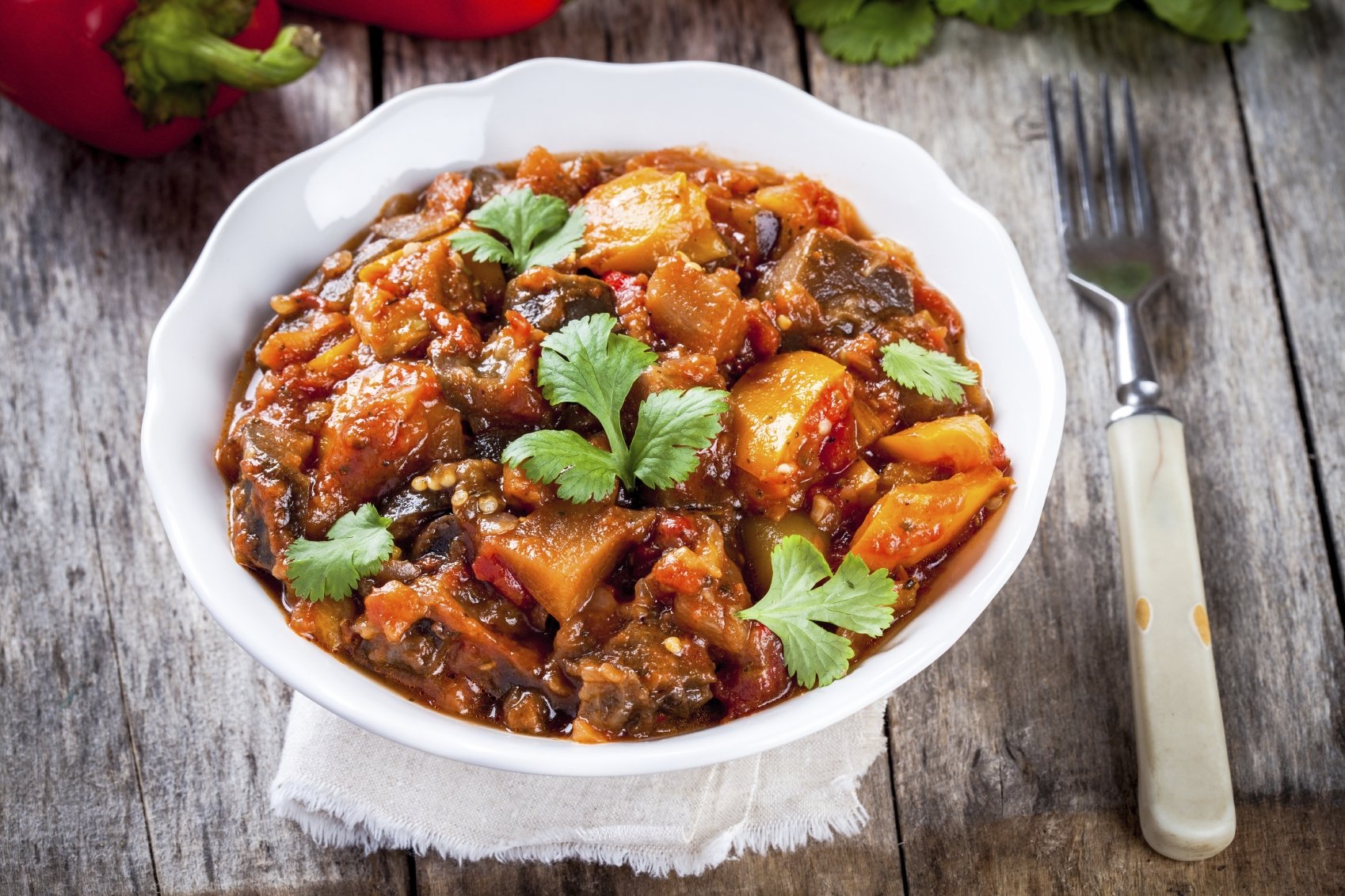
Ragout is the Italian transaltion of a French word “ragù” which means “stew”. But it is a sauce used normally with pasta. The main ingredients are variety of vegetables which are slowly cooked either with or without the meat it’s being served with.
Veal involtini (pronounced In-vol-tee-ni)
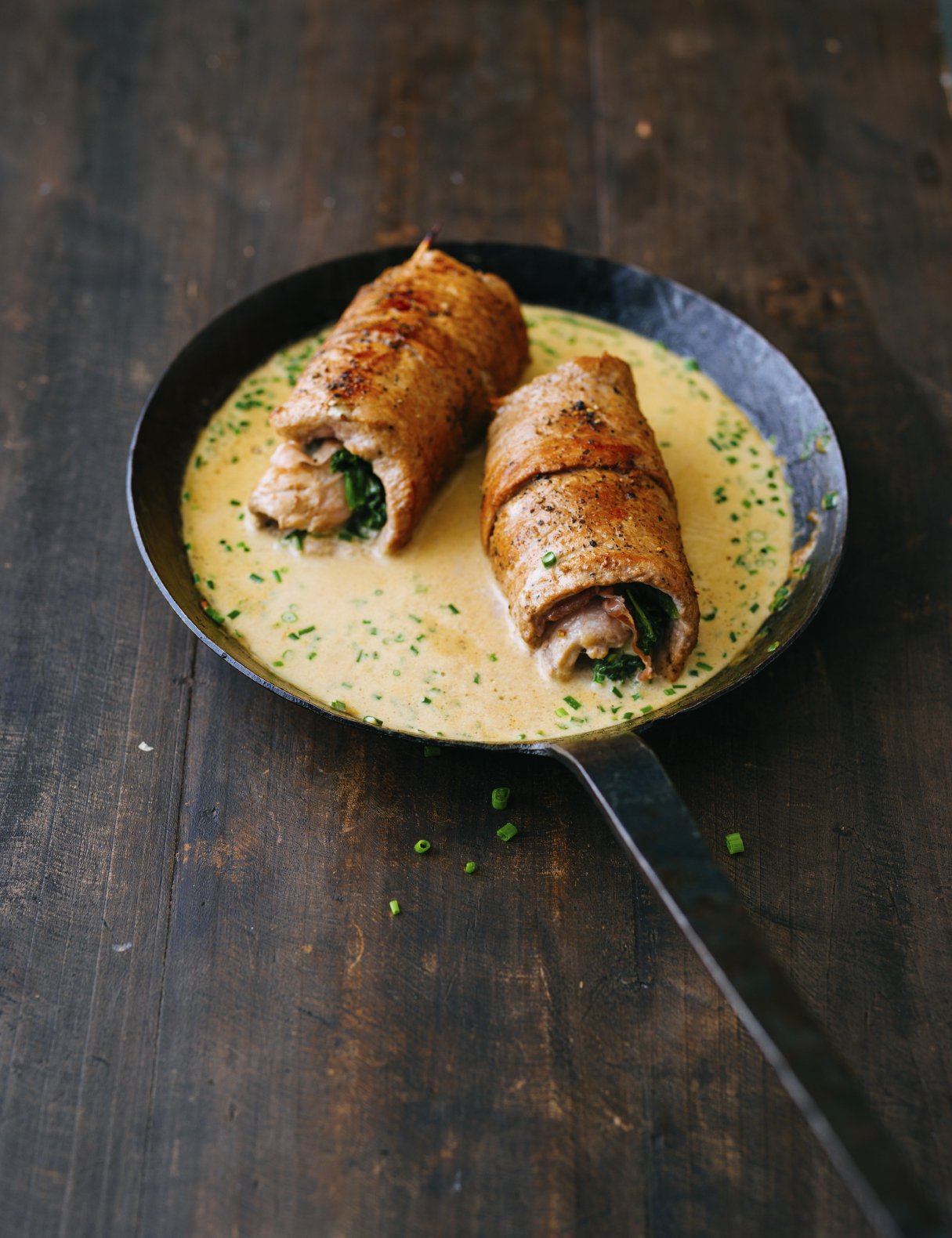
Involtini is usually thin slices of eggplant which are rolled up and baked with wheat flour or breadcrums with ricotta other cheeses and seasonings. Meats such as veal (as this dish is), chicken, or fish may be used in place of the eggplant.
Seafood fritto misto ( free-toh mis-toh)
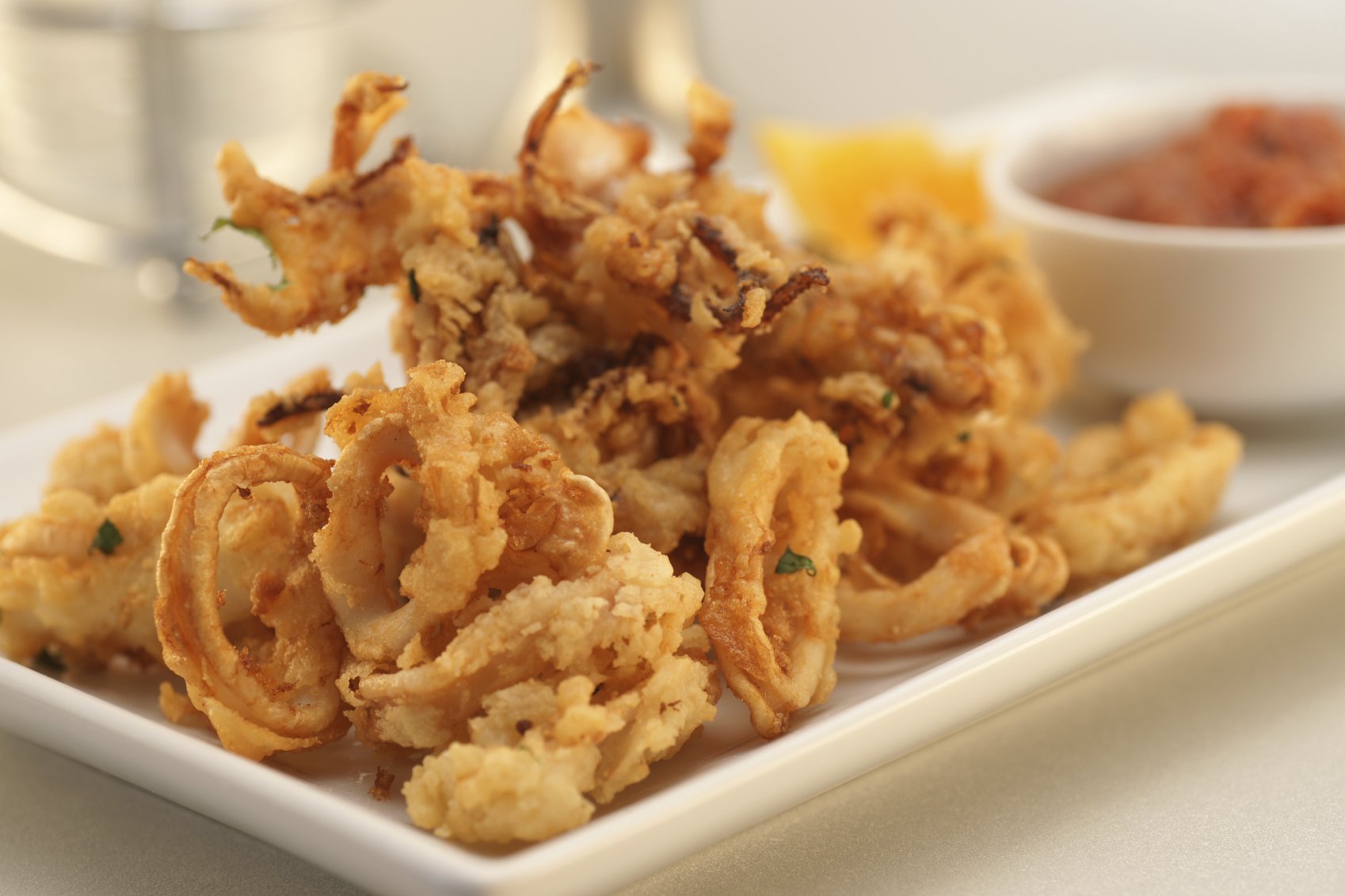
Fritto misto means fried mixture in Italian. In this case, seafood is dipped in a seasoning mixed multiple times between being fried in vegetable oil before being seasoned again at the completion of frying leaving crispy, flavoursome pieces.
Porcini and taleggio risotto (Pronouced por-chee-nee tah-ledge-o riz-or-toh)
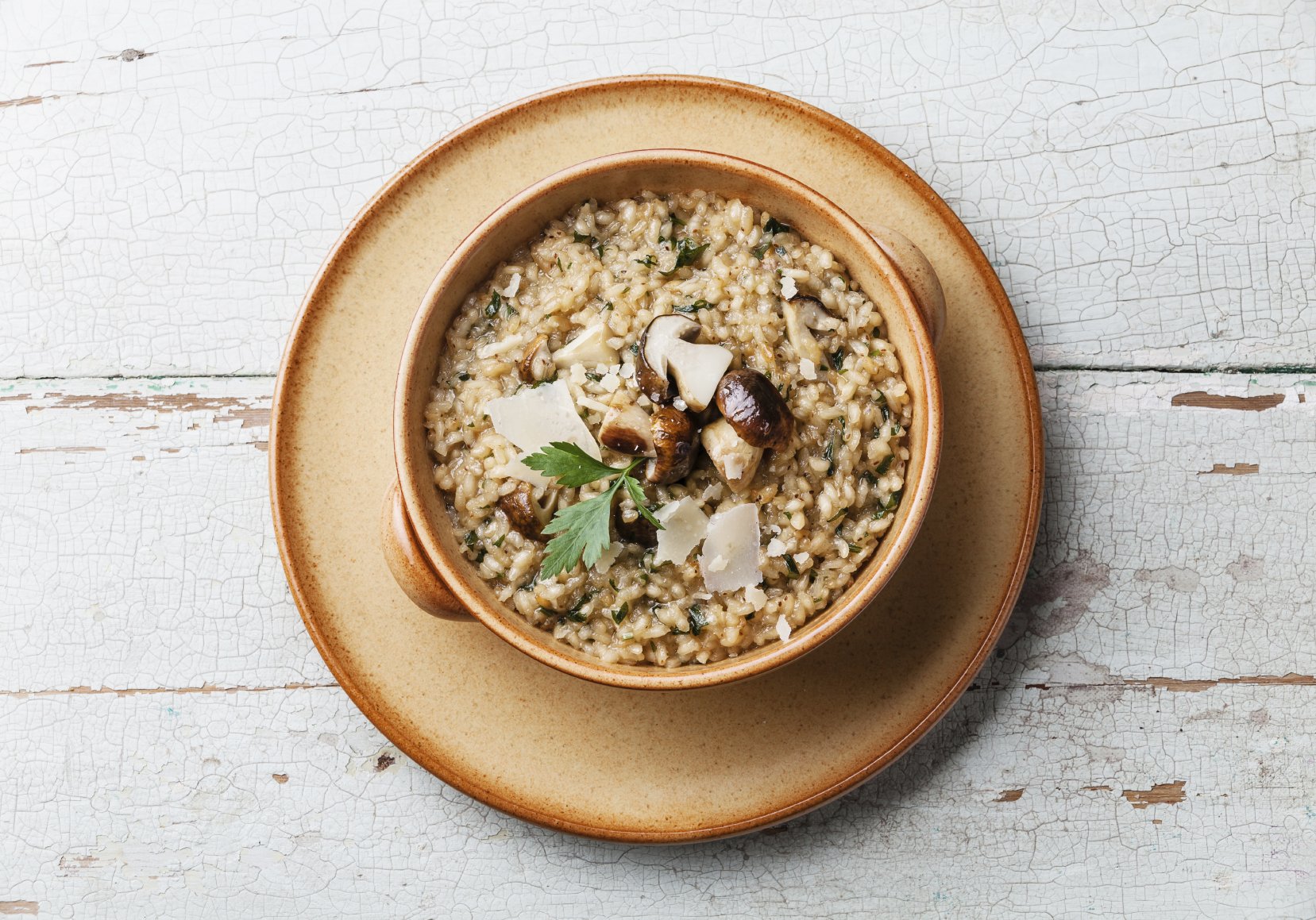
Porcini is a special type of mushroom also known as “penny buns”. Taleggio is a type of cheese which has a thin crust and a strong aroma with a fruity tang flavour. So both of these are put into a risotto is a rice dish that has become extremely popular all over the world.
Mushroom veloute (Pronounced va-loo-teh)
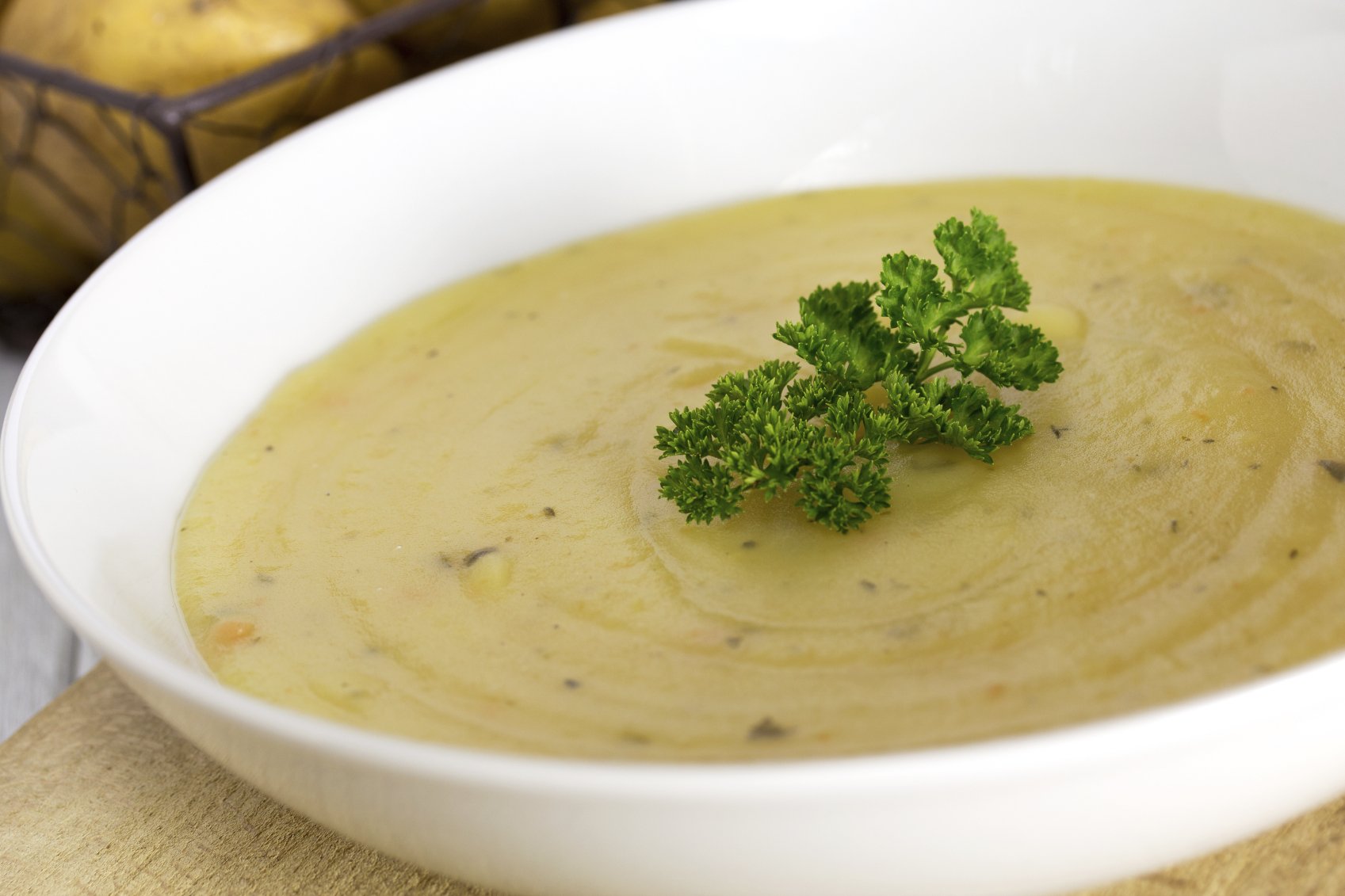
Veloute is actually a traditional French sauce made using chicken or fish stock but there are many different types.
Affogato (pronounced ah-fo-gah-toh)
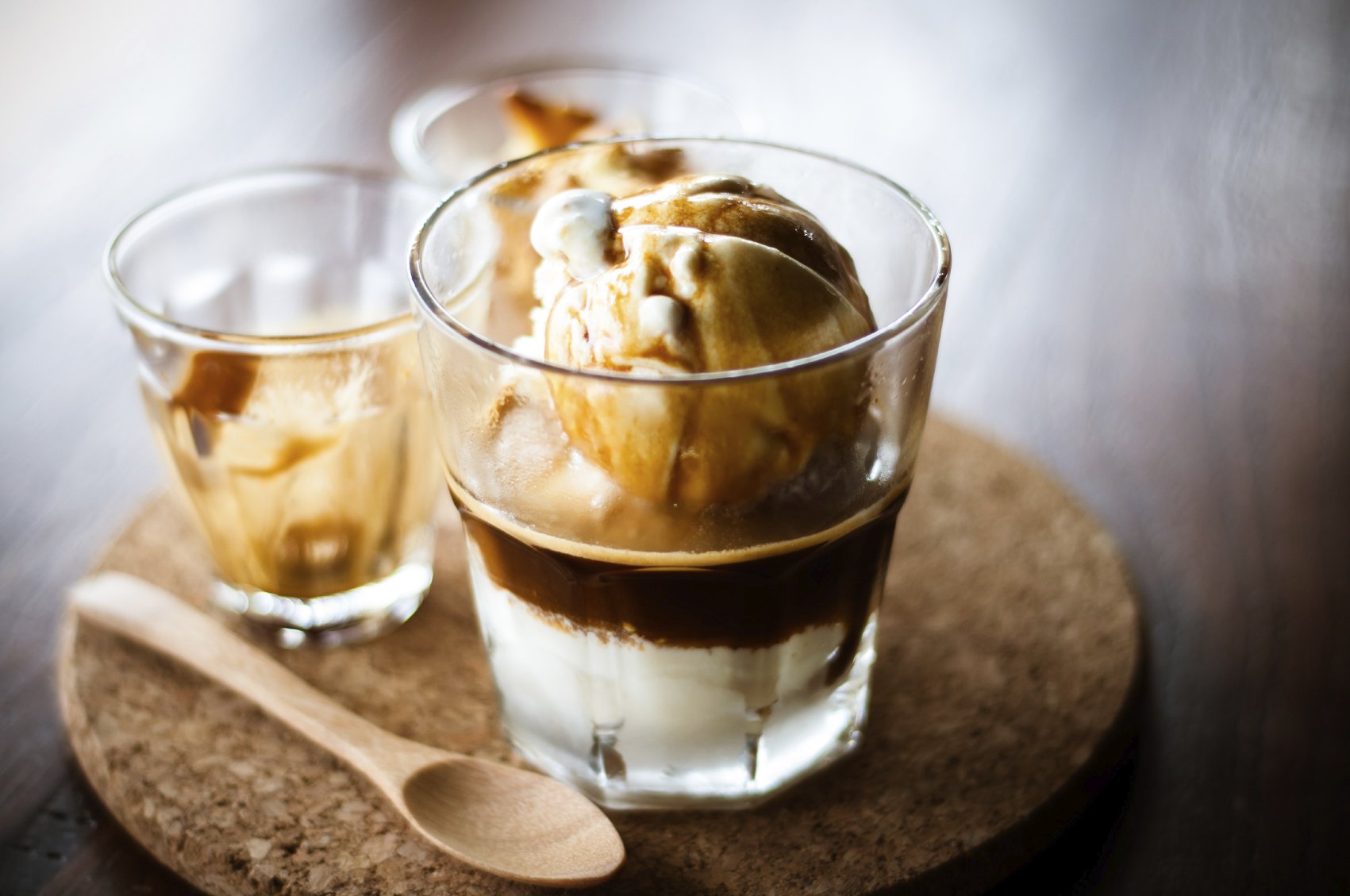
A shot of expresso coffee over a scoop of vanilla ice cream or gelato. In a somewhat morbid twist, the word is actually Italian for “drowning”.
Rum Baba (pronounced bah-bah)
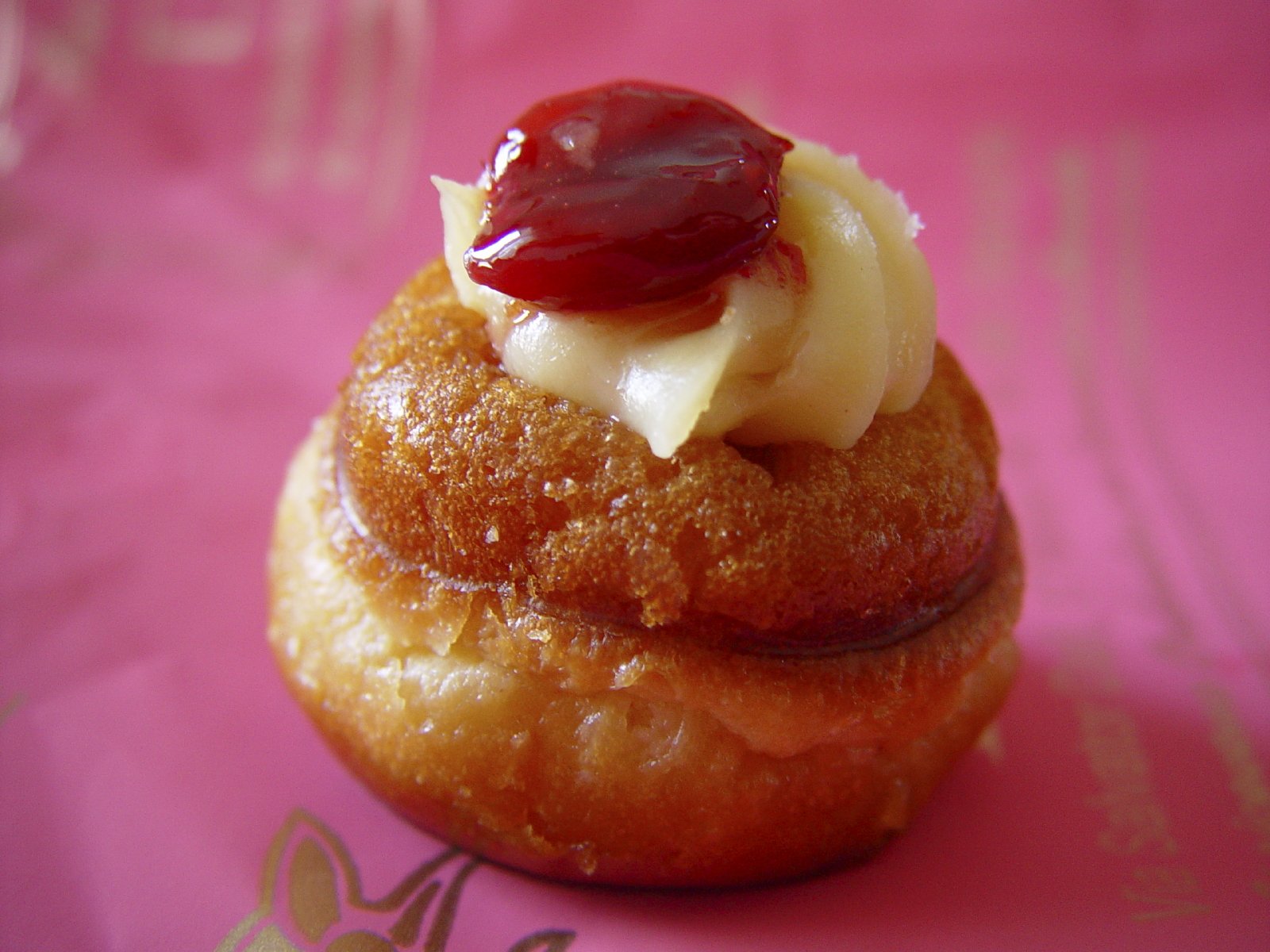
Babas are a light, rich yeasted bread which is soaked in an alcoholic syrup.
Cannoli (pronounced carn-orly)
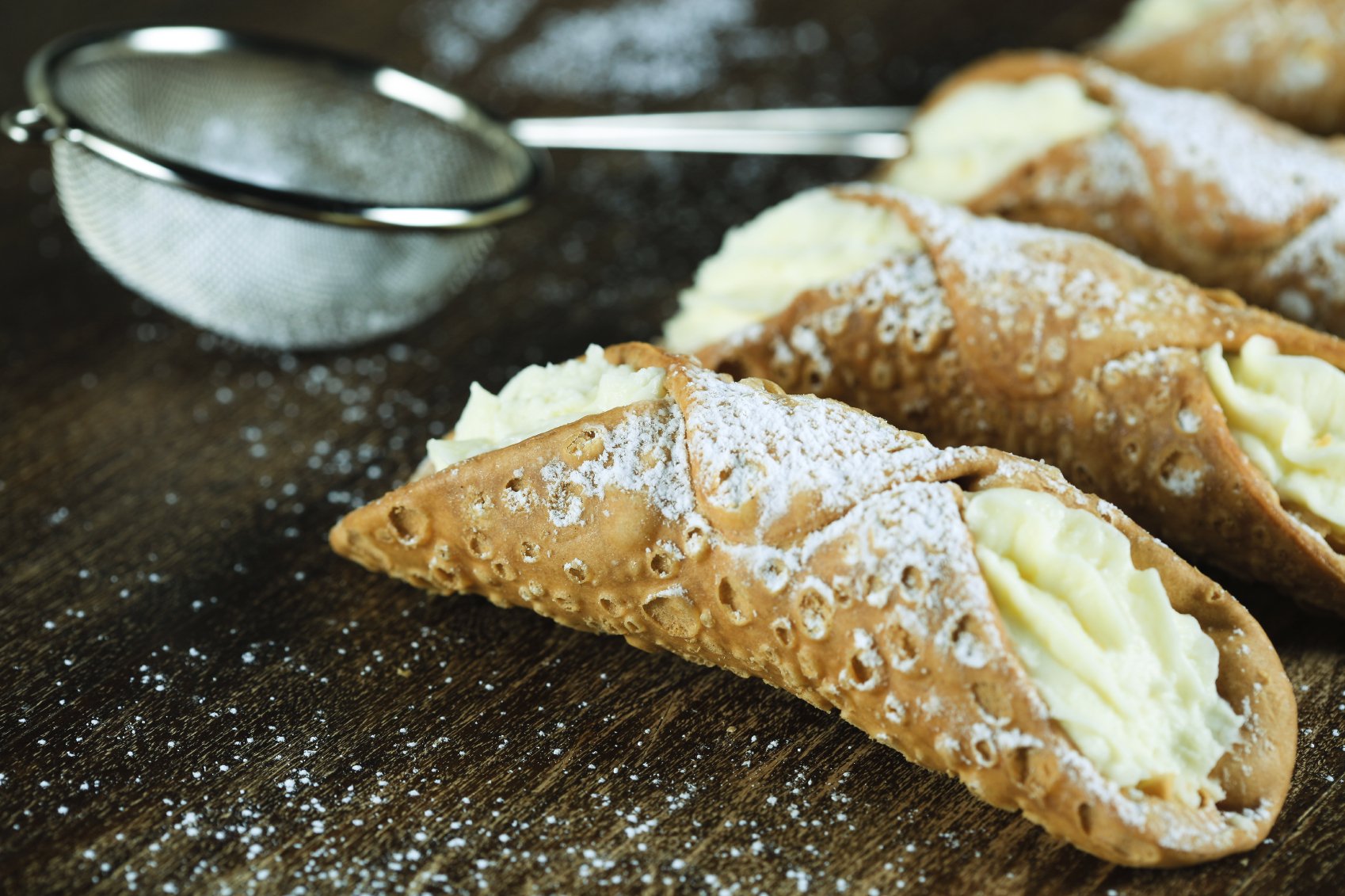
One of Italy’s most famous dessert exports, cannolo (the singular term) means “little tube” in Italian. The tube is made out of a fried pastry dough and is traditionally filled with ricotta. These days they are filled with all sorts of things like custard or chocolate.
Profiterole
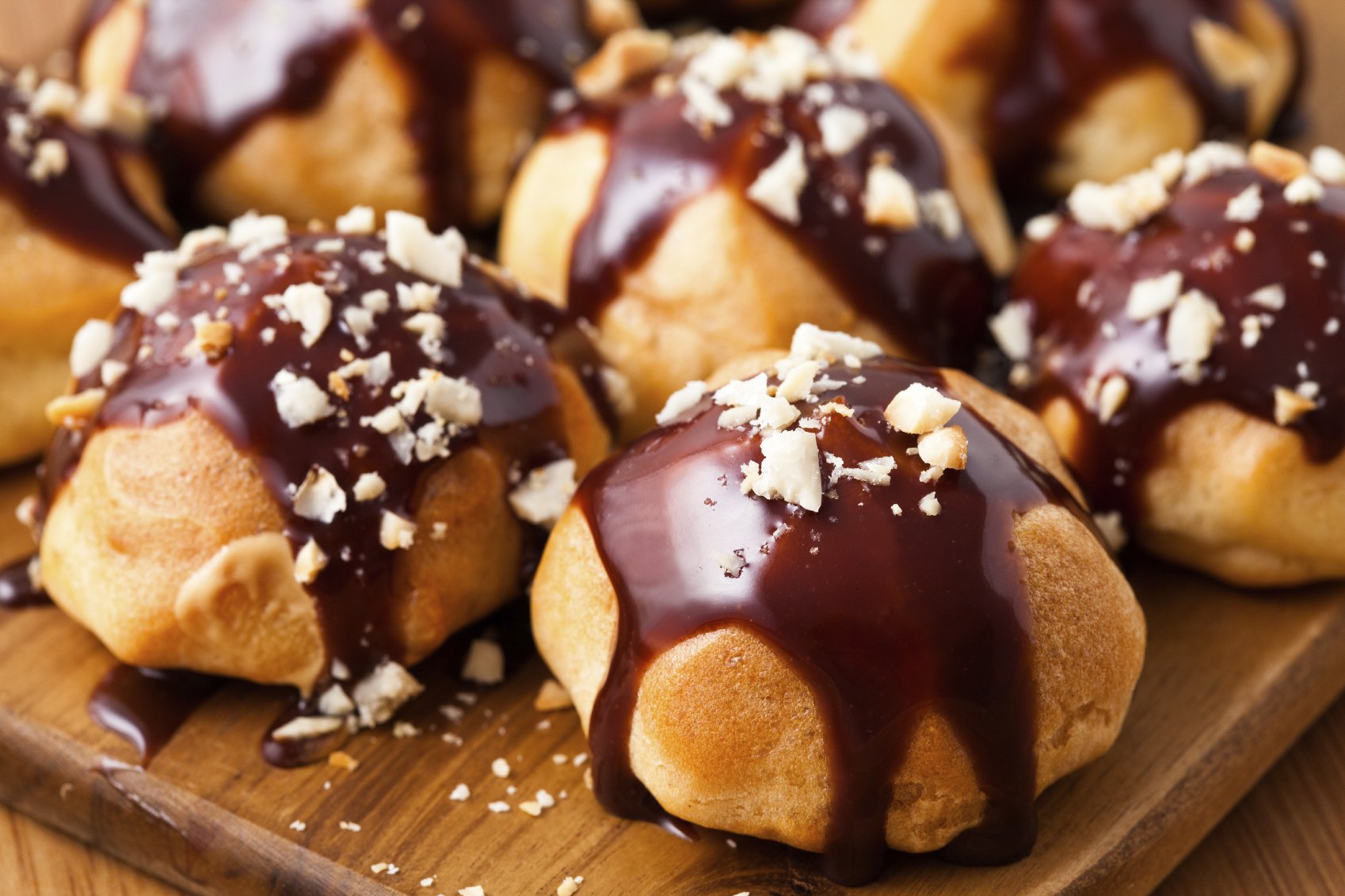
Known as choux à la crème in it’s native France, profiterole is a ball of pastry filled with sweet creamy desserts such as whipped cream or custard and garnished with chocolate or caramel. Savoury profiteroles with meats or cheese are also common.
MÀZI’s four-course Mother’s Day experience will make your mum feel like a queen with a special menu of Italian dishes (click to view menu).
On top of that, there’s plenty of entertainment including live music, a photo booth and a range of boutique beverages to ensure everyone has the best Mother’s Day ever. Even if you’re not a mum!
Bookings are filling fast but you can reserve your Mother’s Day table by clicking here or calling 8037 8200.
- 10 THINGS YOU DIDN’T KNOW ABOUT MOTHER’S DAY
- Mother’s Day as we know it started in West Virginia, USA where Ann Reeves Jarvis started “Mothers’ Day Work Clubs” to teach local women how to take care of kids. After she passed away in 1905, her daughter Anna Jarvis started Mother’s Day in her mother’s honour. It got financial backing from a Philadelphia department store owner named John Wanamaker and in May 1908 she organized the first official Mother’s Day celebration at a Methodist church in Grafton, West Virginia.
- In an ironic twist, Jarvis never had kids of her own and eventually campaigned to have Mother’s Day removed from the American calendar because it had become too commercialised. Maybe she was just jealous she never got any gifts of her own eh?
- According to Hallmark, Mother’s Day is the third-largest card-sending holiday in the United States, with 118 million cards exchanged annually (after Christmas and Valentine’s Day). It’s second to just Christmas for gift giving.
- A quarter of all flower sales for the year are bought for Mother’s Day.
- More phone calls are made on Mother’s Day than any other day of the year.
- In Yugoslavia a mother’s day tradition was children would tie up their mother on Mother’s Day. The only way she could get free would be to pay her children with treats. Well that’s a bit cruel!
- The shortest span between two babies being born is by mom Jayne Bleackley. She gave birth to her son on September 3, 1999. Then only 208 days later gave birth to her daughter (on March 30, 2000).
- Elizabeth Ann Buttle gives a whole new meaning to second family. She gave birth to her first child (a girl) May 19,1956. Then when she was 60 years-old, she gave birth to her son on November 20, 1997, making the babies 41 years 185 days apart.
- “Octomum” Nadya Suleman had eight babies in 2009 due to having a total of twelve embryos planted. The American woman has since made a D-list celebrity of herself and even dabbled in adult film. Before the Octuplets, another American woman had septuplets and did so with a natural conception. Despite being told that it was unlikely all of them would survive, they became the first septuplets to live past infancy. In November 2015, they turned 18.
- Mother’s Day this year (May 8th) is also World Ovarian Cancer Day.
© Lantern Club, Roselands
